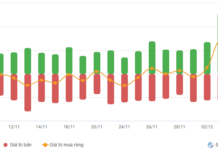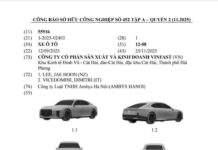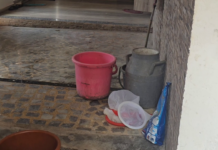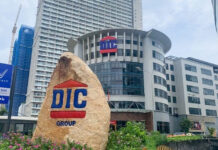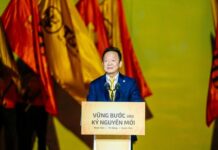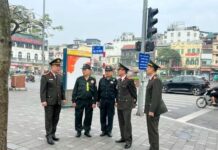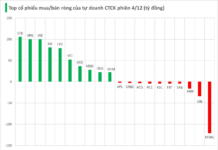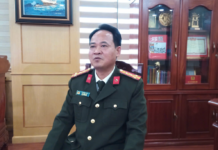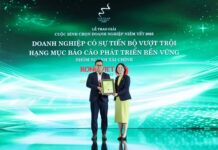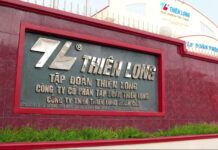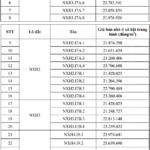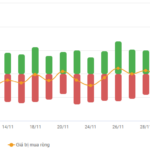During Russian President Vladimir Putin’s visit to Vietnam from June 19-20, President To Lam and President Putin witnessed the exchange of a memorandum of understanding between Minister of Science and Technology Huynh Thanh Dat and Rosatom Director General Alexey Likhachev regarding the development of a Nuclear Science and Technology Research Center in Vietnam. This memorandum was one of eleven documents signed during President Putin’s visit to Vietnam.
Regarding this memorandum, President Putin stated that one of the topics on the agenda was the project to establish a Nuclear Science and Technology Center in Vietnam, to be carried out by the Russian State Atomic Energy Corporation (Rosatom), including the training of Vietnamese atomic specialists at specialized Russian universities.
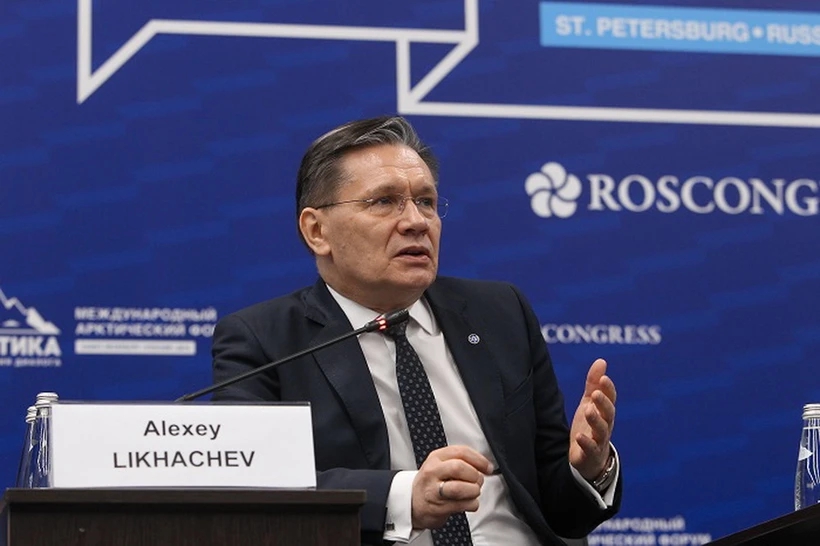
Rosatom Director General Alexey Likhachev. Photo: Rosatom
According to Sputnik, Rosatom’s Director-General Alexey Likhachev affirmed the corporation’s ongoing collaboration with Vietnam on nuclear research projects. “We are always ready to expand our nuclear cooperation with Vietnam. Rosatom’s nuclear power projects in the region, such as those in China and Bangladesh, attest to our capabilities,” emphasized Mr. Alexey Likhachev.
According to Mr. Tran Chi Thanh, Director of the Institute of Atomic Energy, under the Ministry of Science and Technology, this is the first time Vietnam has embarked on a project to construct a large-capacity nuclear reactor.
In reality, the Nuclear Science and Technology Research Center project is being executed in accordance with the 2011 Inter-Governmental Agreement. The Vietnamese government approved the project’s investment policy in 2018. The center is expected to be located in Long Khanh City, Dong Nai Province. According to the plan, the Nuclear Science and Technology Research Center will feature a pool-type nuclear reactor with a capacity of 10 MW and will utilize low-enriched fuel manufactured by Russia.
The center will focus on radiation materials, radioactive isotopes, biological sciences, reactor engineering, radiation safety, as well as the research and development of new drugs for cancer treatment, and the irradiation of silicon – a semiconductor material.
What Role Will Vietnam’s New Nuclear Reactor Play?
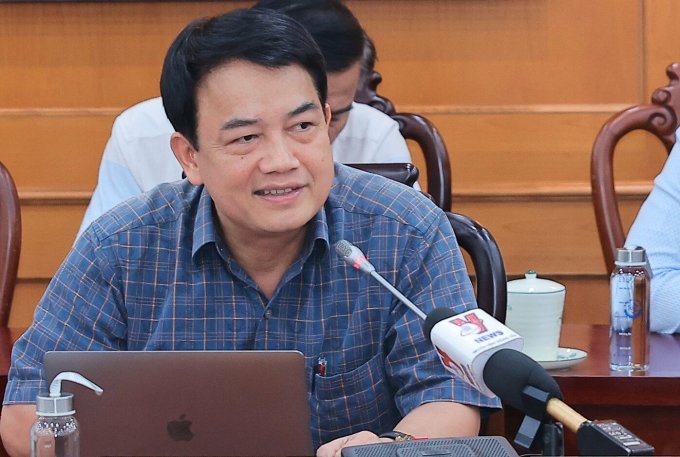
Mr. Tran Chi Thanh, Director of the Institute of Atomic Energy, at the press conference. Photo: TTTT
At the Ministry of Science and Technology’s regular press conference for the second quarter of 2024, held in Hanoi on July 4, the ministry stated that it is closely collaborating with a Russian corporation to develop the Nuclear Science and Technology Research Center in Dong Nai Province. This project is expected to be a turning point in healthcare, offering new hope to millions of cancer patients.
Currently, the Ministry of Science and Technology has assigned the Vietnam Atomic Energy Institute to establish specialized groups in reactor physics, radioactive isotope production in research reactors, horizontal channel design, materials research, and silicon irradiation… This preparation aims to ensure a competent research and application-ready workforce for the new research reactor and guarantee safety when the Nuclear Science and Technology Research Center commences operations.
Additionally, Mr. Tran Chi Thanh shared that the Vietnam Atomic Energy Institute is collaborating with several foreign entities, including the Joint Institute for Nuclear Research (JINR), on long-term plans for personnel training.

The Da Lat nuclear reactor has been operational for 40 years. Photo: HT
Prior to the Nuclear Science and Technology Research Center, Vietnam only had the Da Lat nuclear reactor, which has been operational for 40 years. Its predecessor was the TRIGA Mark-2 nuclear reactor with a capacity of 250 kWt, constructed by the United States in Da Lat in 1963. Before April 20, 1975, the reactor’s fuel rods were dismantled and transported back to the United States, rendering the reactor inoperable.
However, in 1982, the Soviet Union provided assistance to restore and expand the Da Lat nuclear reactor. Consequently, on March 20, 1984, the Da Lat nuclear reactor (new name) was put into operation with a nominal capacity of 500 kWt, double that of the previous TRIGA reactor. Over the years, this reactor has been utilized for scientific research, sample analysis, production of radioactive pharmaceuticals for medicine and industry, and human resource development.
“Currently, the Da Lat nuclear reactor can produce nearly ten types of radioactive drugs, but the new reactor is expected to increase production capacity by five to seven times,” said Mr. Tran Chi Thanh.
A report by the British consulting firm Exactitude indicates that the global nuclear medicine/radioactive pharmaceutical market was valued at $4.4 billion in 2020 and is projected to reach $10.16 billion by 2029. The primary driver of this market’s growth is the increasing prevalence of chronic diseases and the demand for radioactive pharmaceuticals in cancer diagnosis and treatment.
Financial Times reveals that the Rosatom corporation plays a pivotal role in the global nuclear energy chain. The corporation currently supplies over one-fifth of the enriched uranium fuel used to power nuclear reactors in the United States and Europe, and meets half of the uranium needs of countries like Hungary.
Reference sources: Sputnik, Most, VGP, Exactitude, FT

